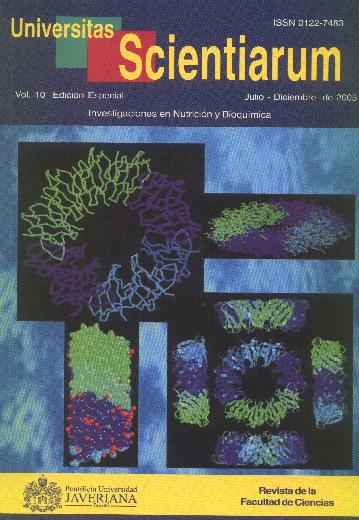Abstract
Los diabéticos tipo 2 (DM 2) pobremente controlados (HbA1c = 7%) exhiben disminución del estado antioxidante total y dislipidemia en comparación con los metabólicamente controlados, lo cual puede ser reflejo de incrementos de radicales libres de oxígeno, alteraciones del metabolismo de las lipoproteínas lo que contribuye a desarrollar fenómenos que conducen a complicaciones micro y macrovasculares. Se estudiaron 60 individuos (40-80 años) no controlados (n=20), controlados (n=20) y sanos (n=20). El criterio del buen control de la diabetes fue % HbA1c < 7%. Mediante la prueba t de diferencia de medias suponiendo varianzas desiguales se compararon los grupos. Los niveles de Col T, LDL-C, VLDL-C, TG y apo B-100 fueron significativamente más altos (p<0.05) ylos de HDL-C y apo A-I más bajos en los DM 2 no controlados comparados con los niveles de los grupos de sujetos con DM 2 controlados y los controles sanos. Los pacientes con regular o pobre control glicémico presentan un perfíl lipídico anormal. Estos resultados son similares al de otros investigadores de diversas latitudes.Univ. Sci. is registered under a Creative Commons Attribution 4.0 International Public License. Thus, this work may be reproduced, distributed, and publicly shared in digital format, as long as the names of the authors and Pontificia Universidad Javeriana are acknowledged. Others are allowed to quote, adapt, transform, auto-archive, republish, and create based on this material, for any purpose (even commercial ones), provided the authorship is duly acknowledged, a link to the original work is provided, and it is specified if changes have been made. Pontificia Universidad Javeriana does not hold the rights of published works and the authors are solely responsible for the contents of their works; they keep the moral, intellectual, privacy, and publicity rights. Approving the intervention of the work (review, copy-editing, translation, layout) and the following outreach, are granted through an use license and not through an assignment of rights. This means the journal and Pontificia Universidad Javeriana cannot be held responsible for any ethical malpractice by the authors. As a consequence of the protection granted by the use license, the journal is not required to publish recantations or modify information already published, unless the errata stems from the editorial management process. Publishing contents in this journal does not generate royalties for contributors.



